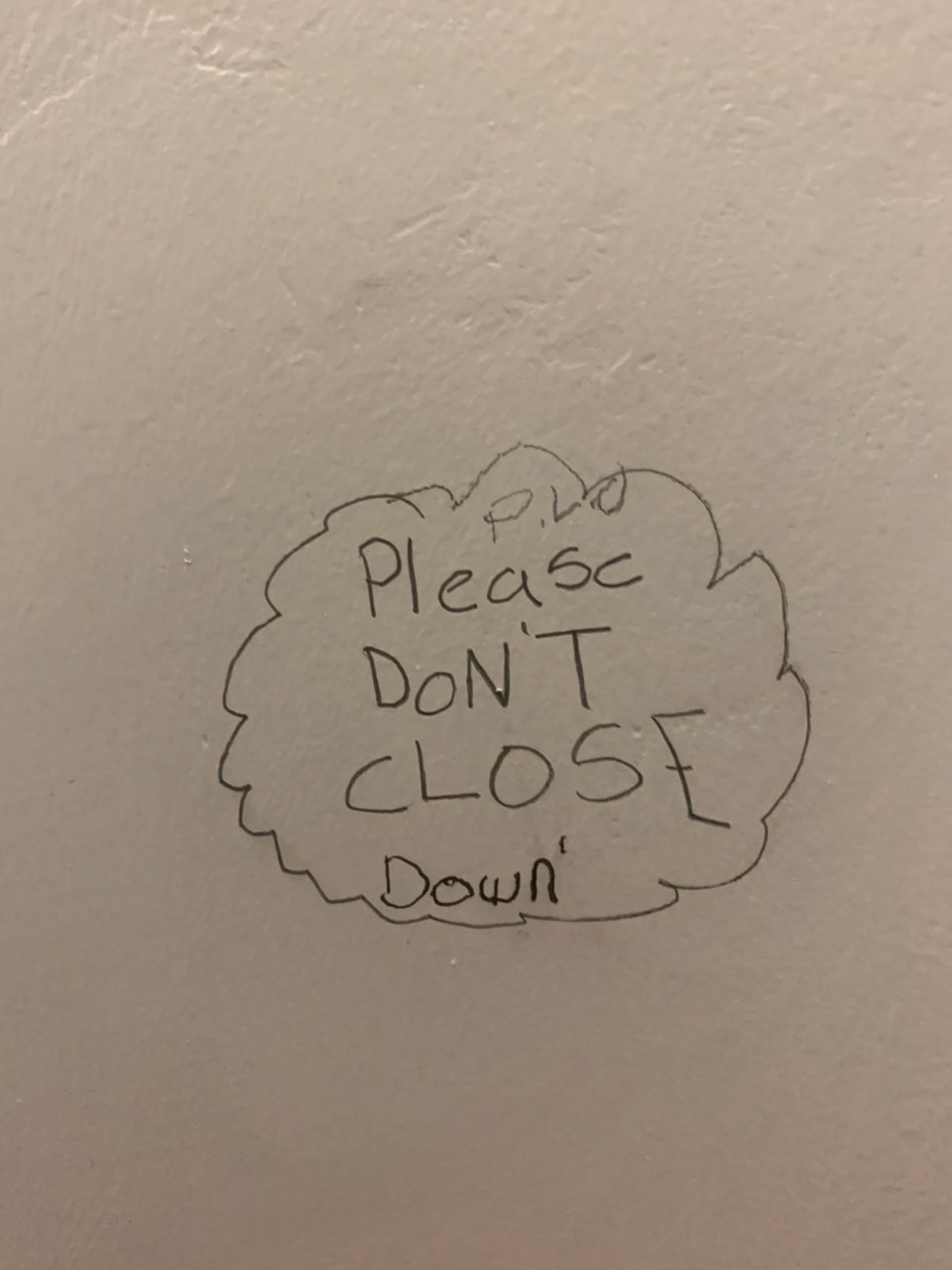Last week Canadian Rockies Public Schools held meetings with community members from Exshaw and Morley to talk about the conundrum we face regarding the future of Exshaw School, and to seek input from those most affected by a decision we are being forced to take.
It was painful.
I’m haunted by the words of one Stoney mother: “Our children have a right to be here. Are we not part of Canada? Do we not have free choice?”
An isolated piece of graffiti in one of the washrooms beseeches us: “Please don’t close down." One hundred per cent of the written response forms we distributed to parents spoke glowingly of the impact we are having on their children’s lives and pleaded with us: keep the school open.
I wish it was so simple.
Exshaw School operates on federal dollars under our 1973 agreement with the Stoney Nation, an agreement specific to CRPS to pay for educating the children of Stoney parents who wish their child to be educated off-reserve. That original agreement has two formulas that pay for the cost of Indigenous students attending Exshaw School and others who head straight to Elizabeth Rummel Elementary School, or Lawrence Grassi Middle School in Canmore.
Over the years, more and more Stoney parents have chosen off-reserve schooling and more Exshaw parents have chosen to move their children into French Immersion, Catholic or Francophone schools when those came into being. Exshaw School has evolved into a brilliant little hub of learning that embraces and supports the Stoney culture and the Stoney community. Today it is nearly 100 per cent Stoney, and as best we know, we are one of only three off-reserve schools in Alberta with such a huge concentration of First Nation students.
In recent years, we have seen tremendous changes in that school, thanks to a passionate cohort of teachers, learning support teachers, administrators, educational assistants and a committed flock of volunteers who support these students.
Students are eager to come and learn – our attendance rate is now 86 per cent. They often arrive as second language learners; we swiftly close that gap, as we do with all of our English language learners throughout the district. We are seeing more and more students reading at or above grade level, achieving results in math and social studies that often exceed provincial averages and then moving on to graduate from high school.
We set them up for success, and as they move through to Canmore Collegiate High School, they carry that success and pride with them. This year, 15 of our 16 Stoney Grade 12 class are on track to graduate, with a few enrolled in the high-level Dash One stream. Many of the parents last week spoke of their children and grandchildren moving on from CCHS to post-secondary trades or academics.
One of the Truth and Reconciliation Commission’s (TRC) Calls to Action on Education was to give First Nations the authority over their education dollars and to close the gap between provincial funding and federal funding.
What this means for CRPS is that the Stoney Education Authority (SEA) will now control those funds and we will no longer invoice the feds. But the amount offered to us also tells me the federal decision makers don’t really understand how education funding works.
They did not account for the fact that it takes more than teachers to run a school. It takes utilities, maintenance, custodians, administrators, textbooks, Chrome books, Internet connections, supplies and a raft of other things, all of which are separate line items in the provincial funding system and independent from the per-pupil grant.
By providing us only a per pupil grant comparable to the province’s, they’re in effect cutting us $1.6 million.
The Stoney Education Authority says it does not yet have a firm agreement with the federal Indigenous Services Canada (ISC) department (formerly INAC). ISC seems in no hurry to settle this.
We at CRPS face a looming hard deadline of January for us to make a decision that will affect hundreds of families and a significant number of our staff for the coming school year. Other school divisions in a similar position have not heard from ISC for many months, after submitting detailed information outlining how the funding actually works in the province.
Why not just keep the school open and spread that loss around the rest of the division?
We absolutely cannot afford that, nor are we legally allowed to. Our fiduciary duty as a board is to the corporate entity known as CRPS, under the legal oversight of the provincial government. We cannot move provincial dollars onto a federal responsibility.
The Crown has had an agreement to educate Indigenous students for a century, so the responsibility for their funding dollars lies directly at its feet.
In truth, though, they are the responsibility of all of us – their parents, their community, our community, regardless of where the dollars come from.
Compounding this issue is that the rest of our schools don’t have the capacity to absorb 200 students, nor does the Nakoda Elementary or Morley Community School. Whichever way they turn, these kids will likely find themselves in increasingly crowded classrooms, and the upheaval of being taken out of a safe and supportive learning environment.
Every fiber of my being says we need to keep that school as it is – it is so successful as a launching pad to life. And in my head I think – is this not what Truth and Reconciliation is supposed to achieve.





